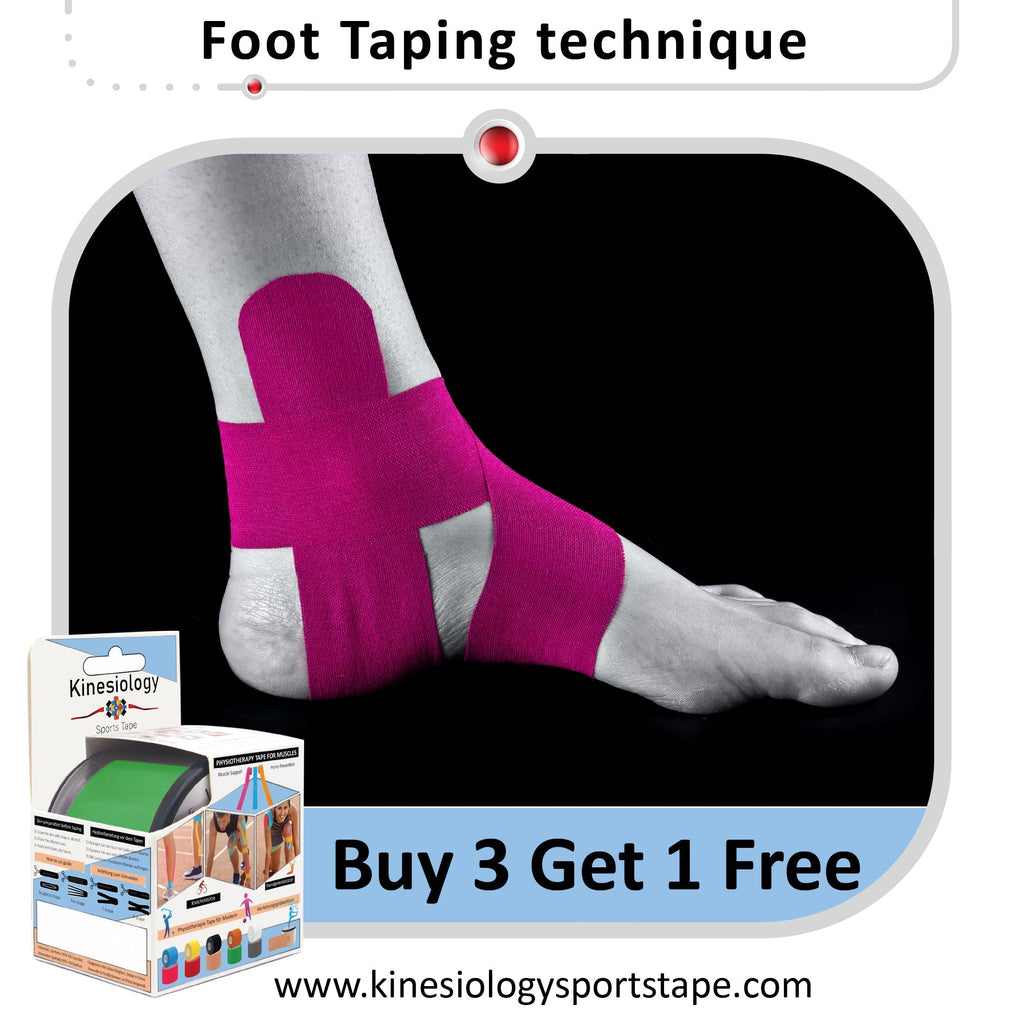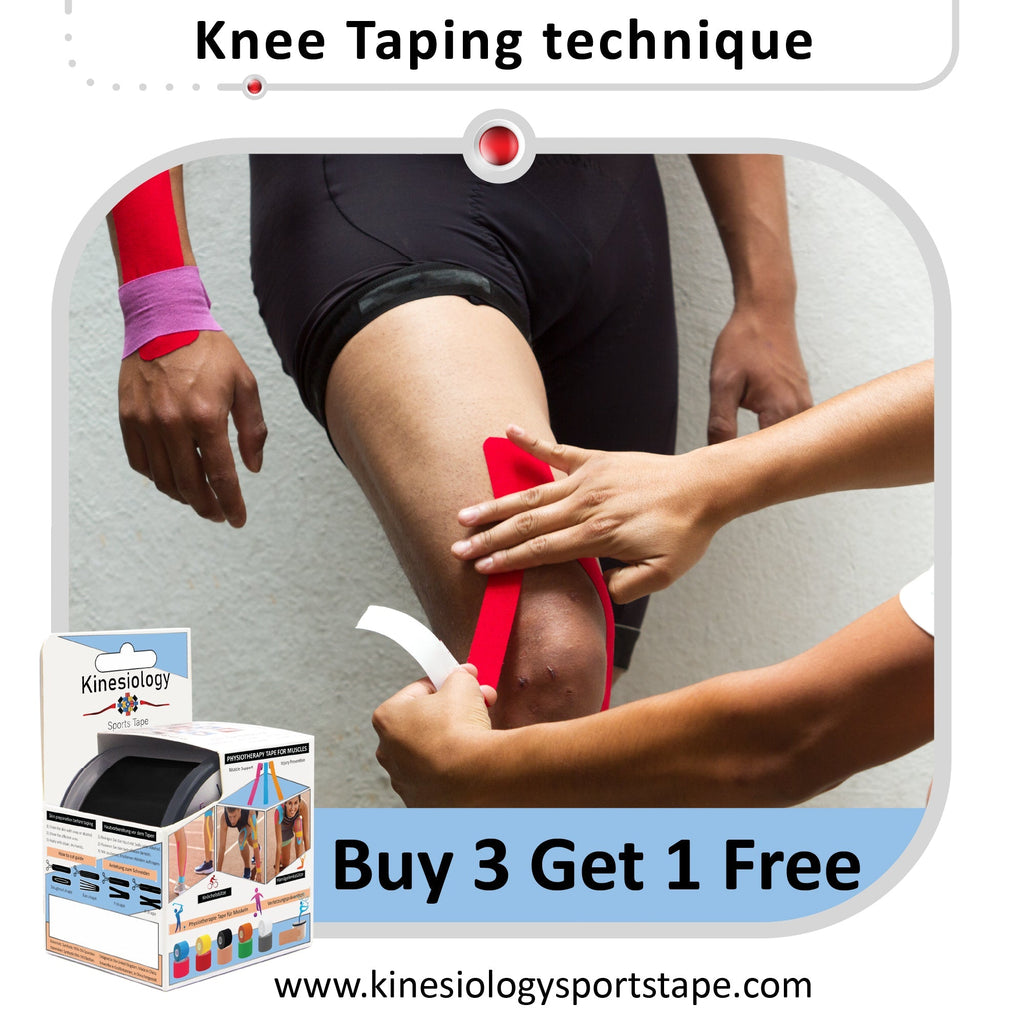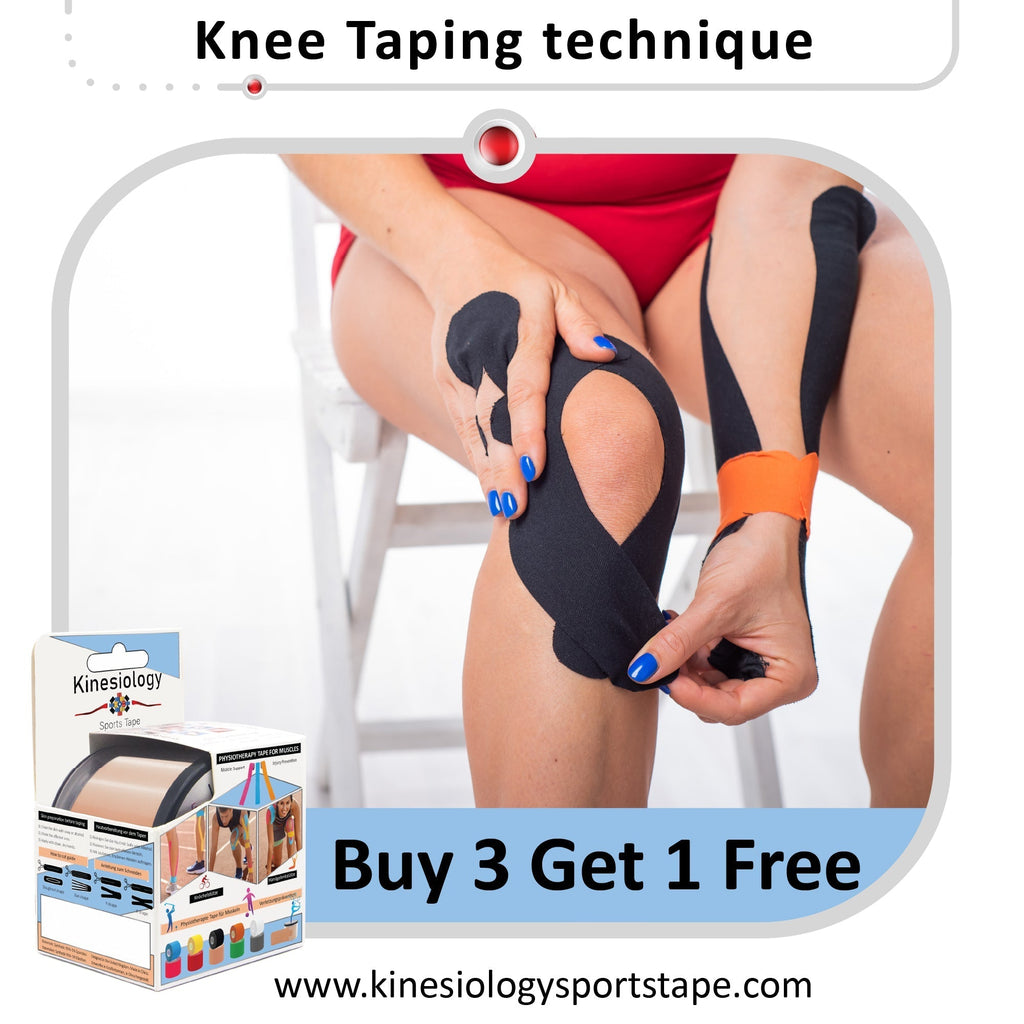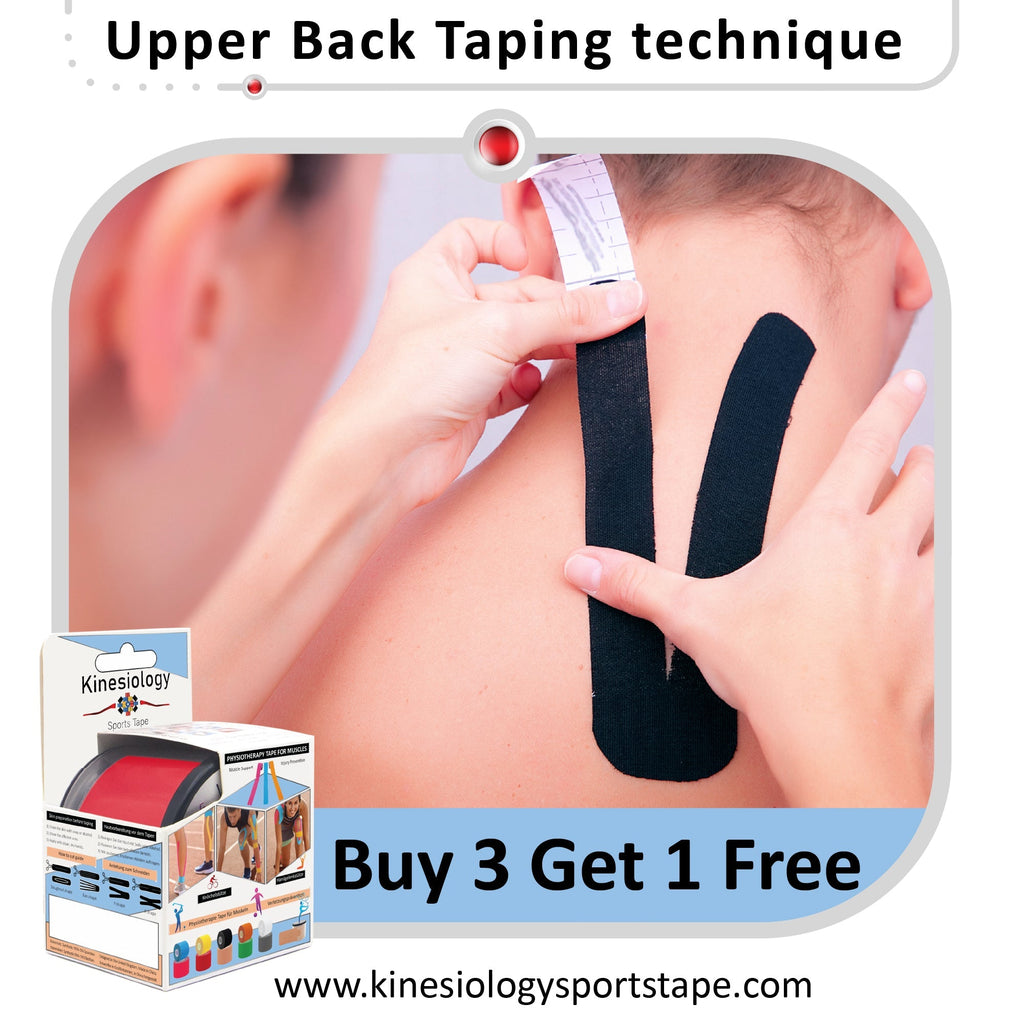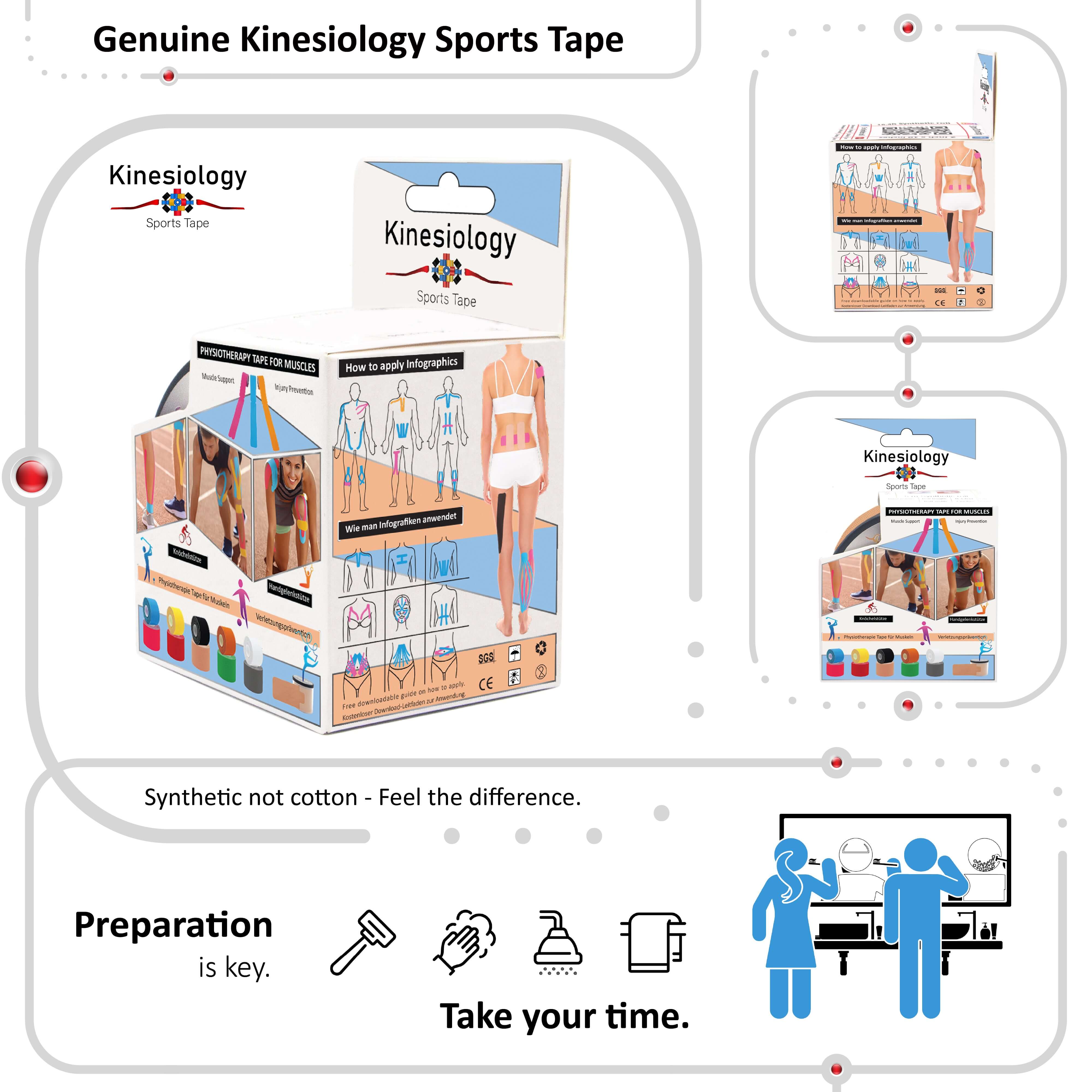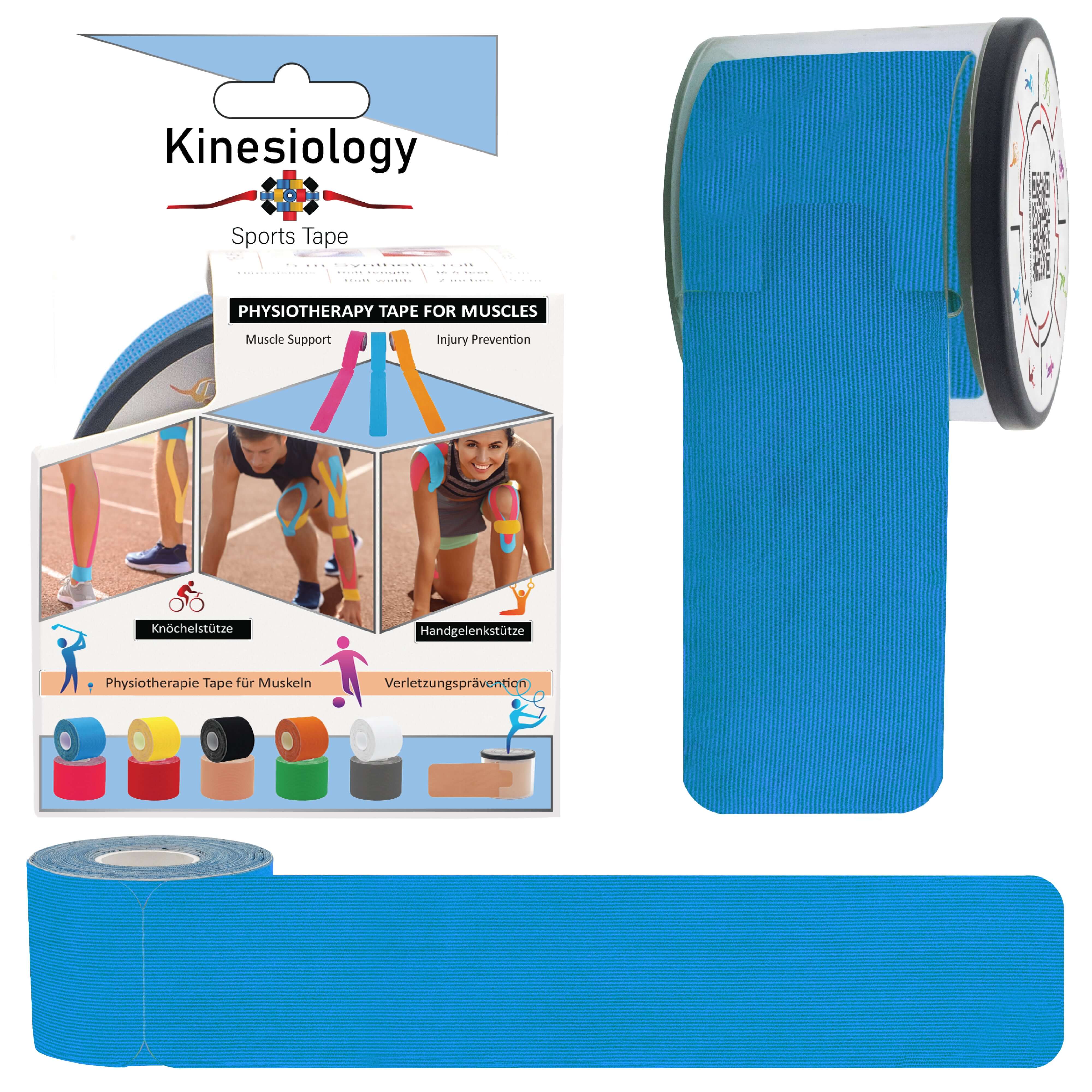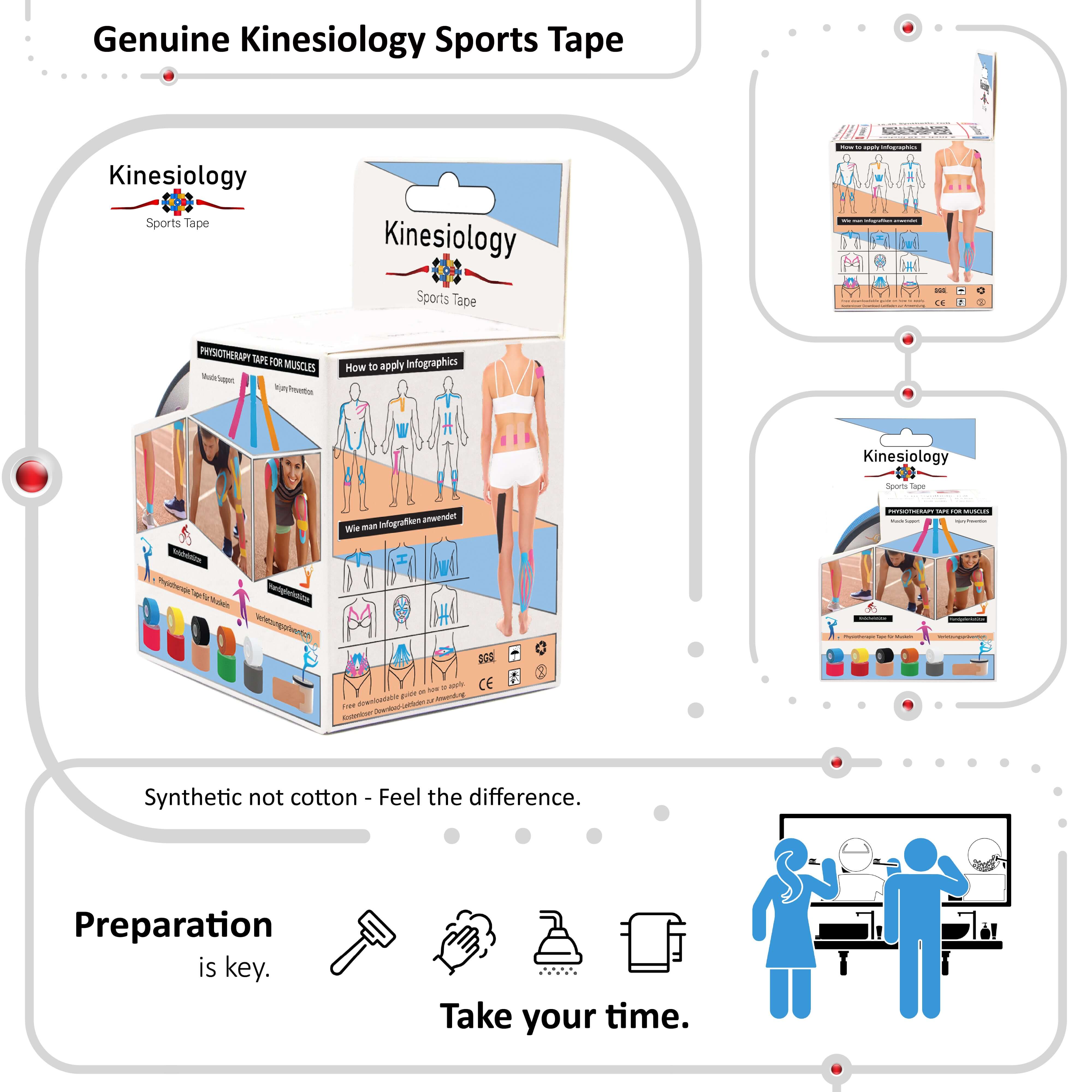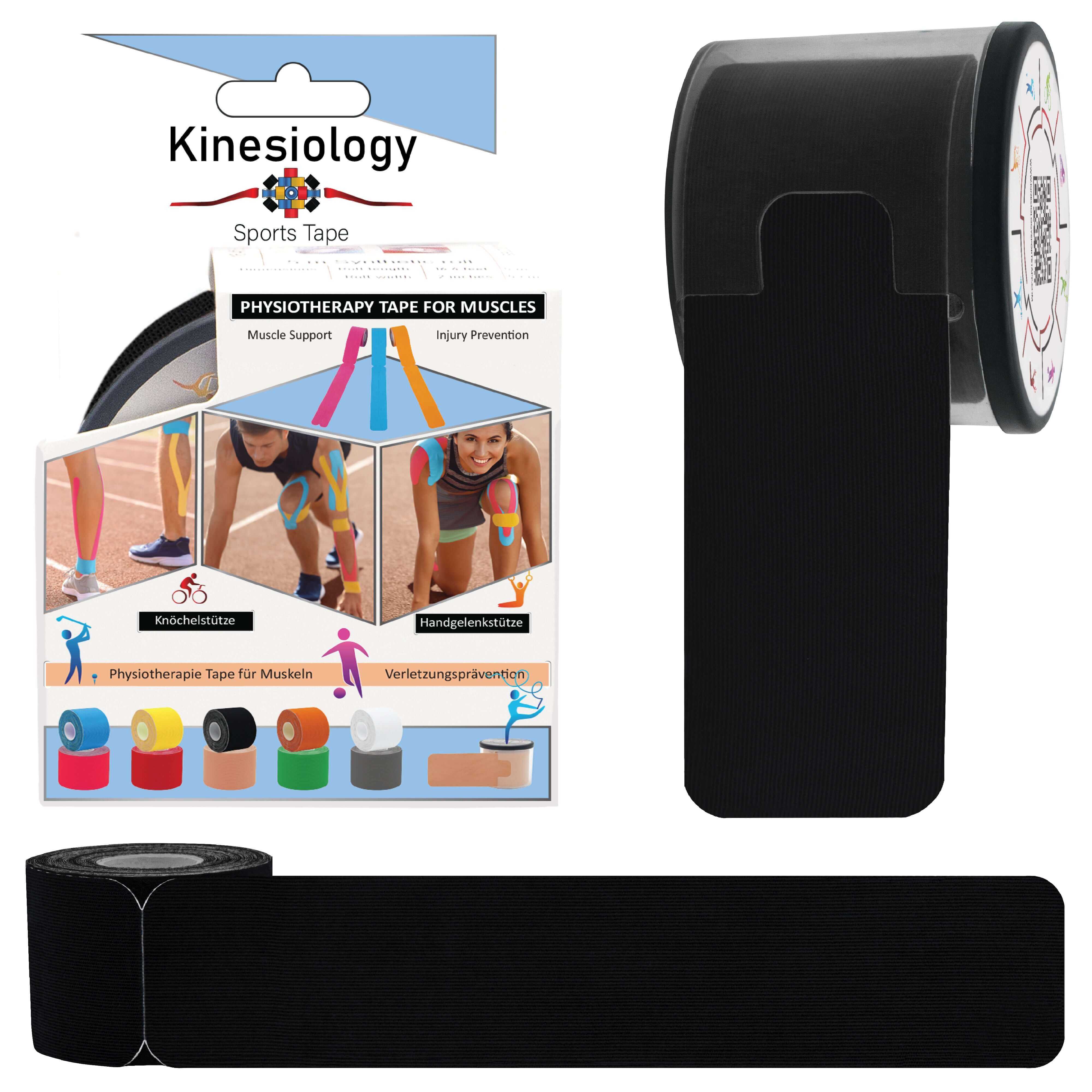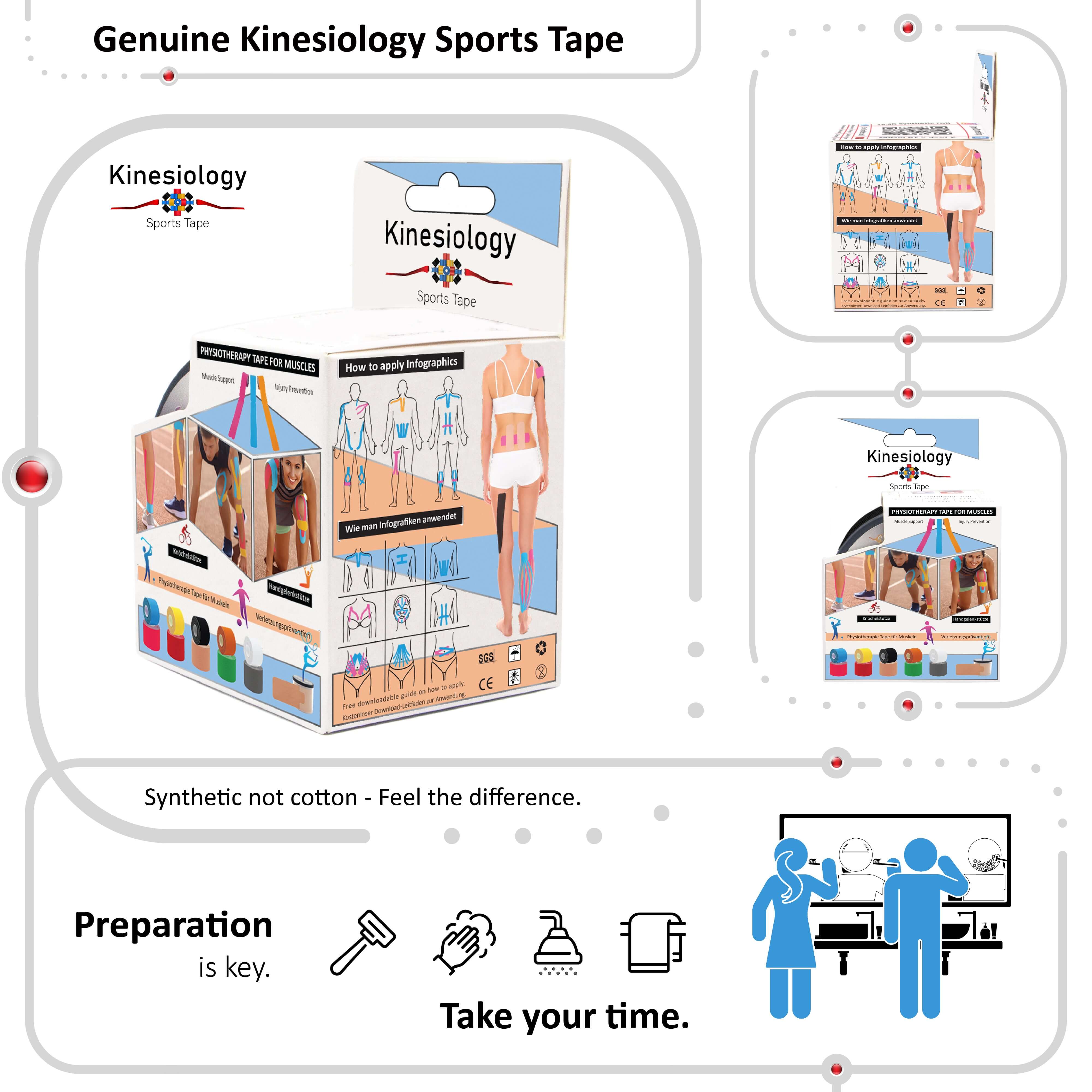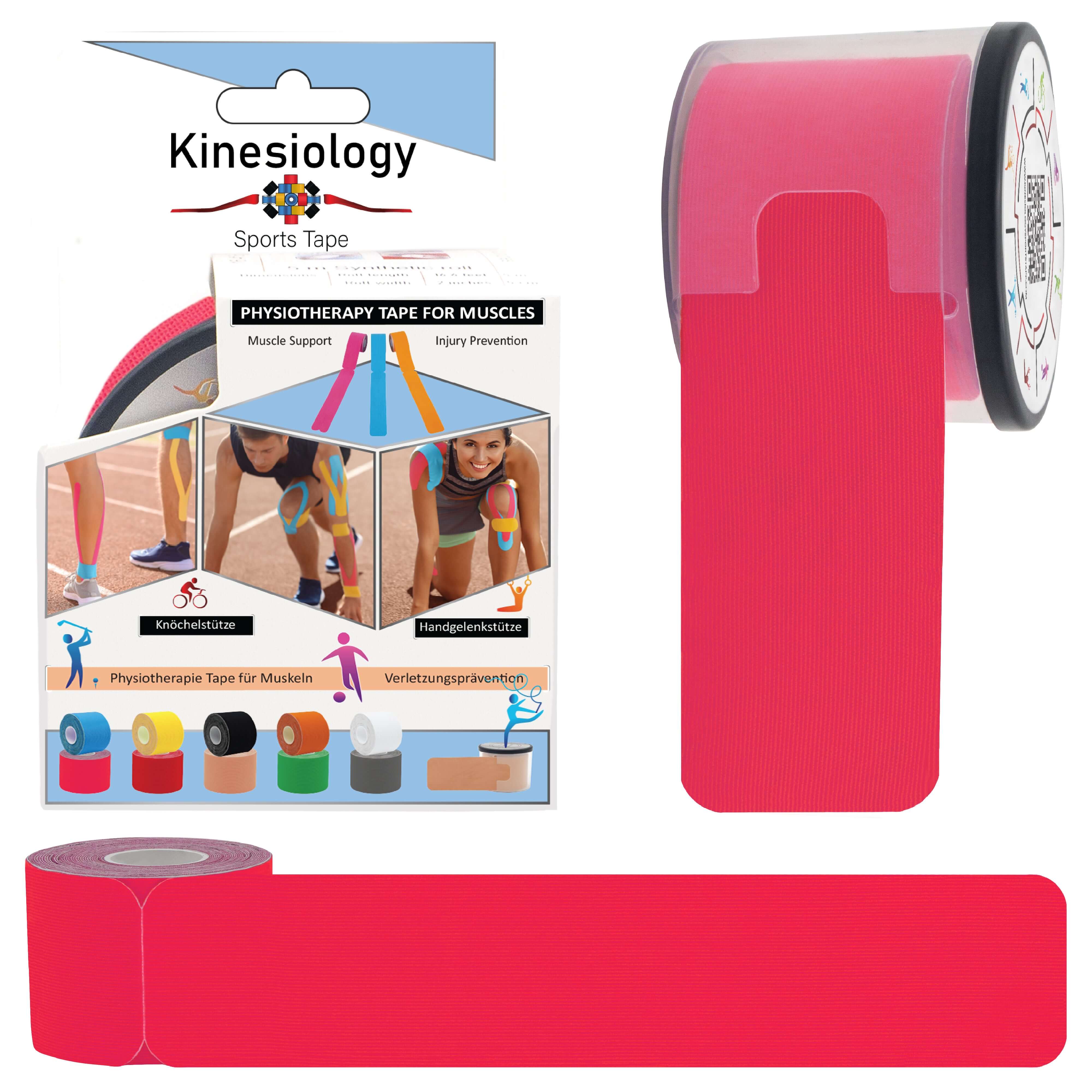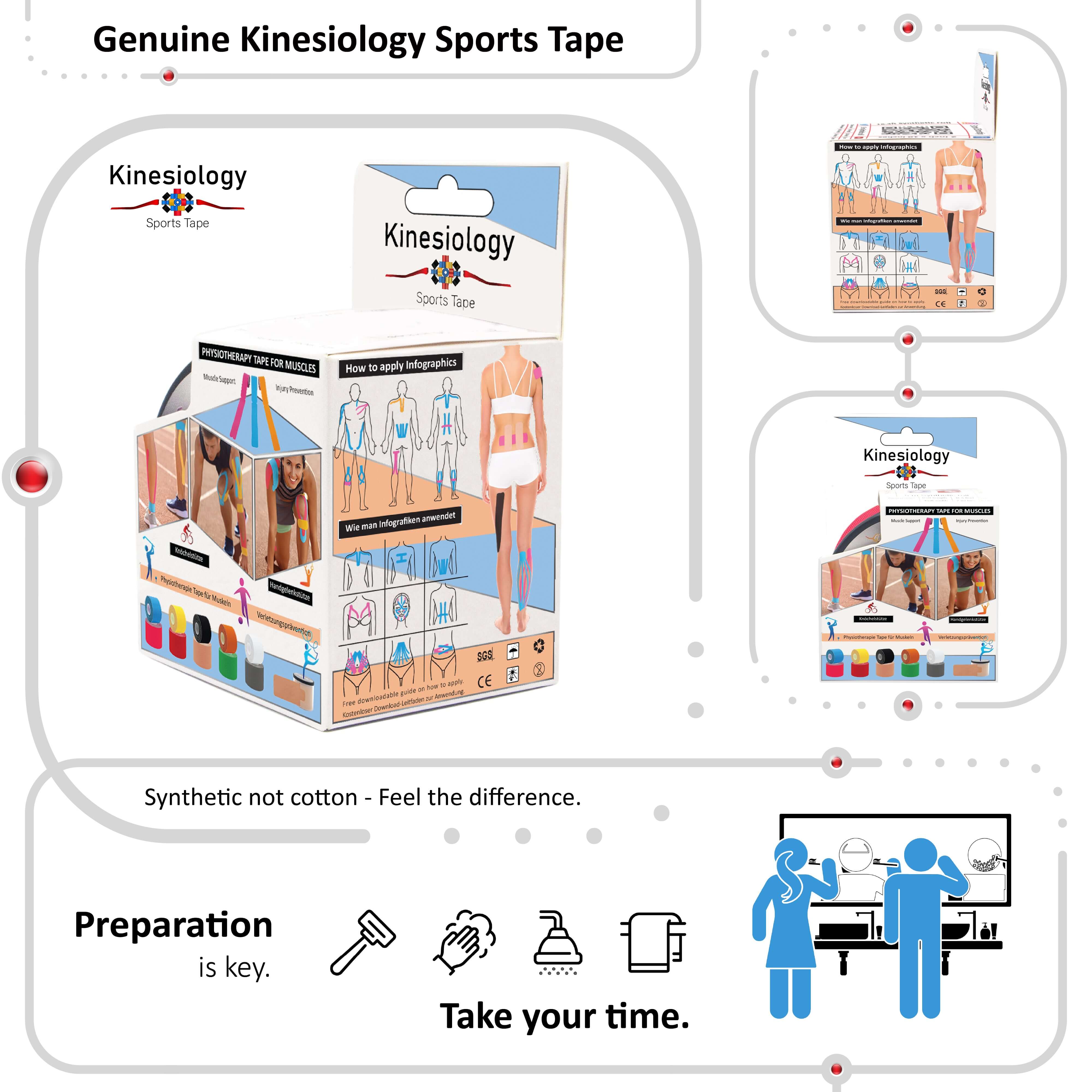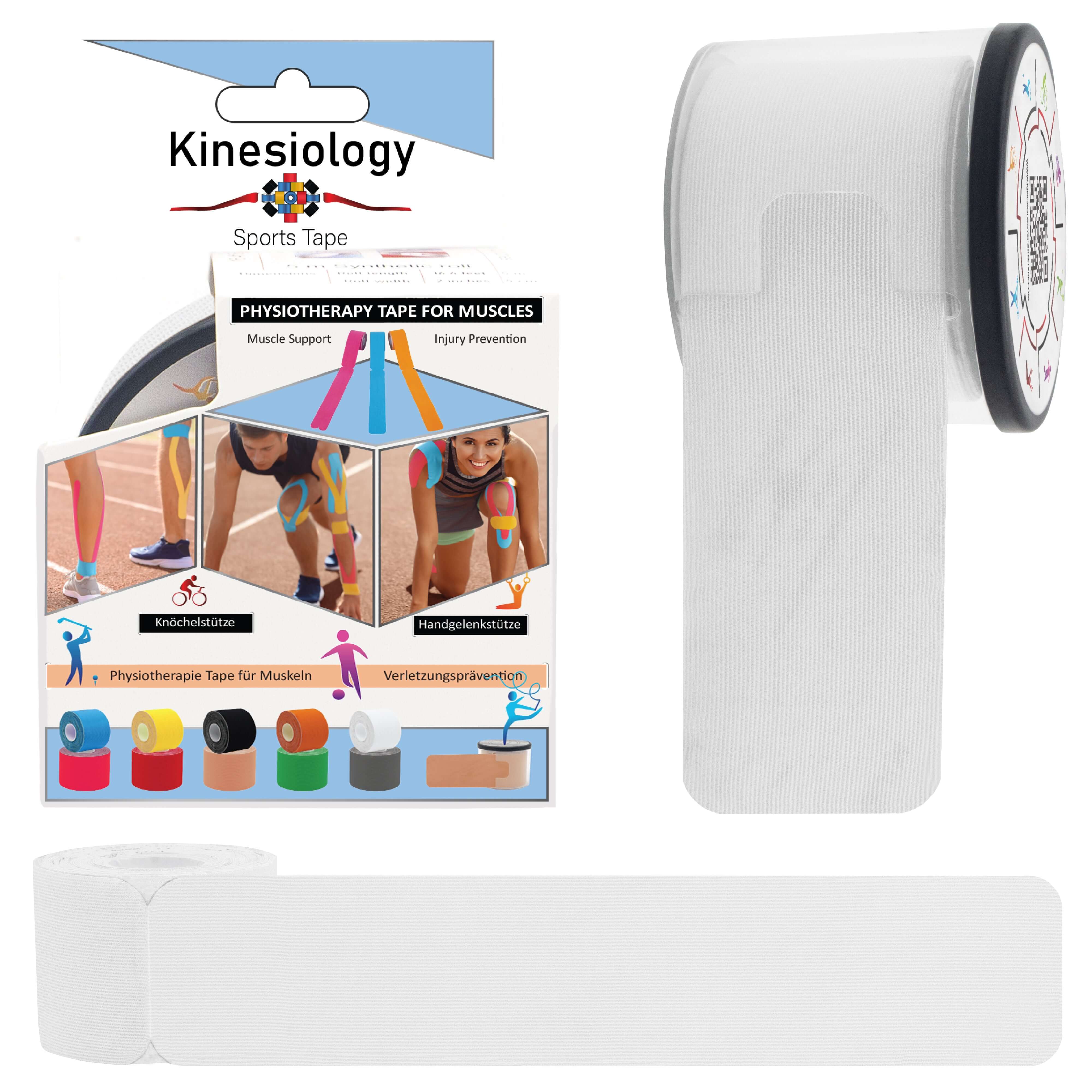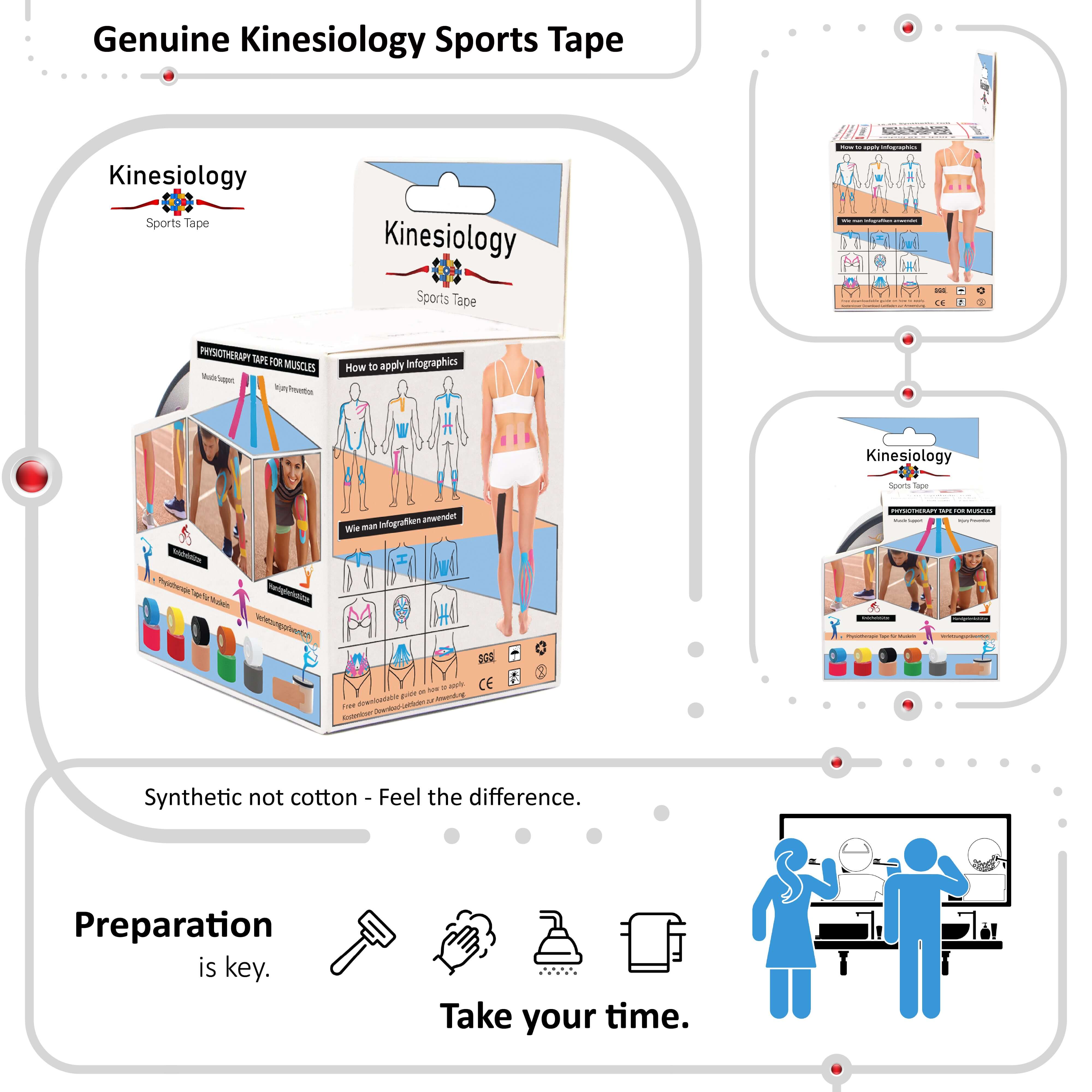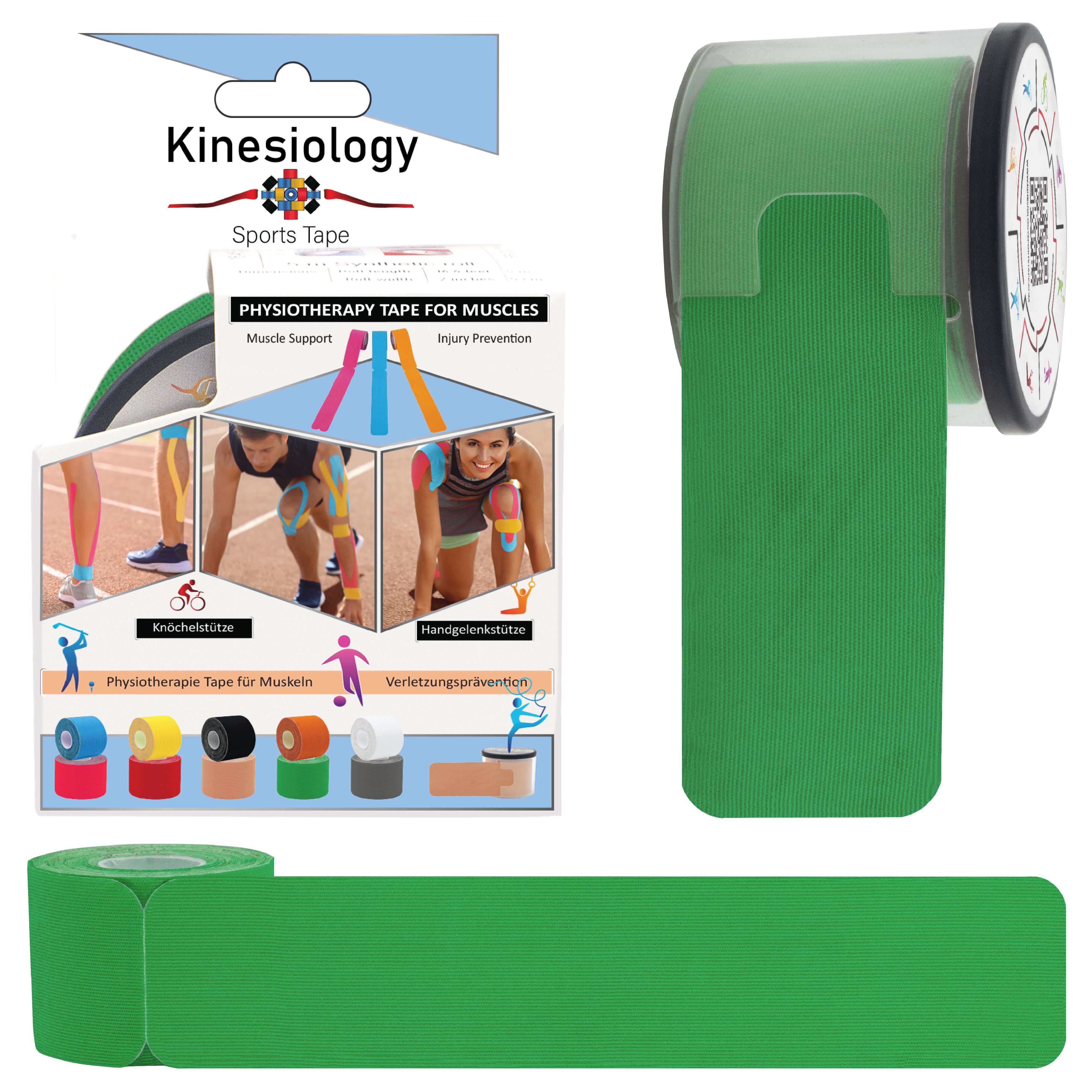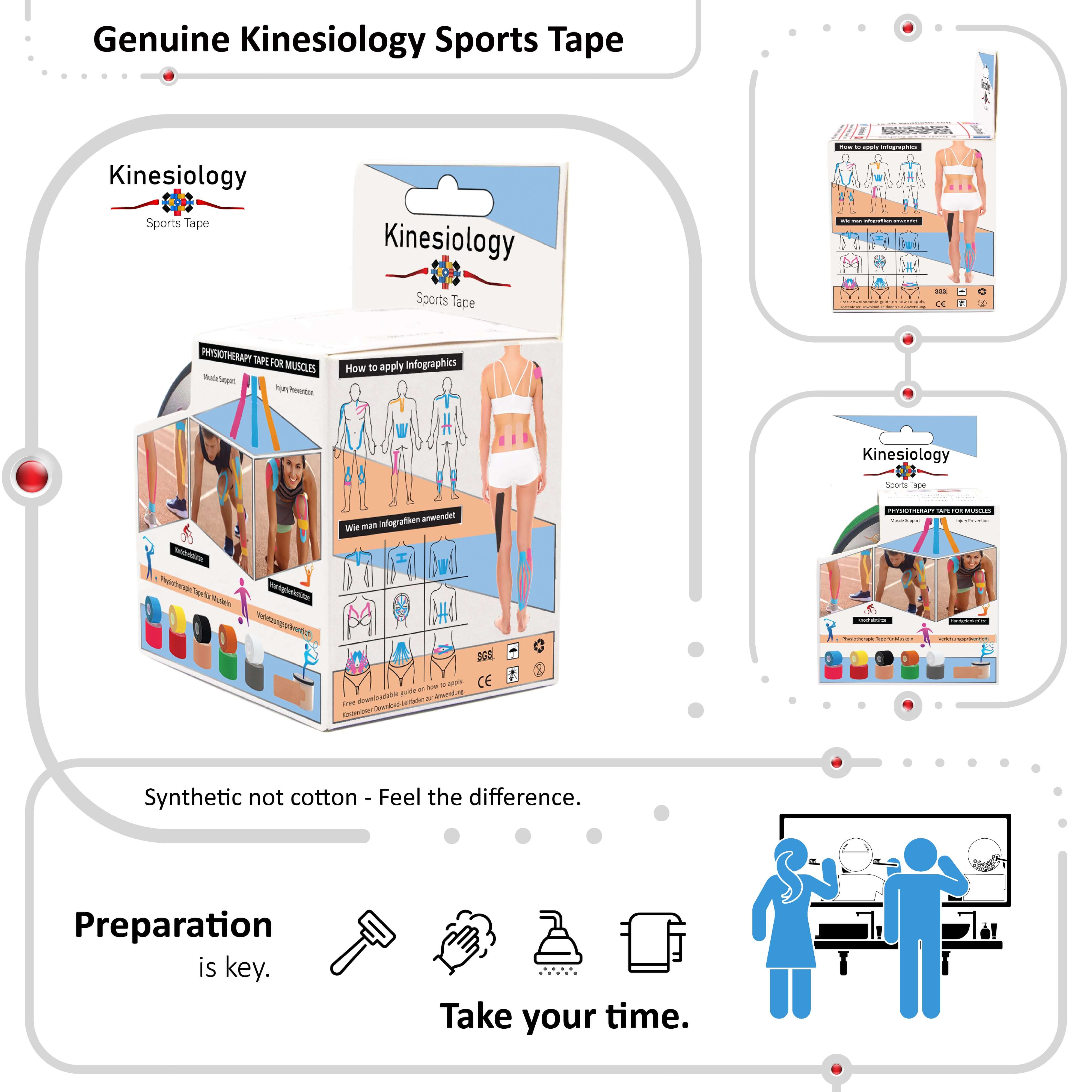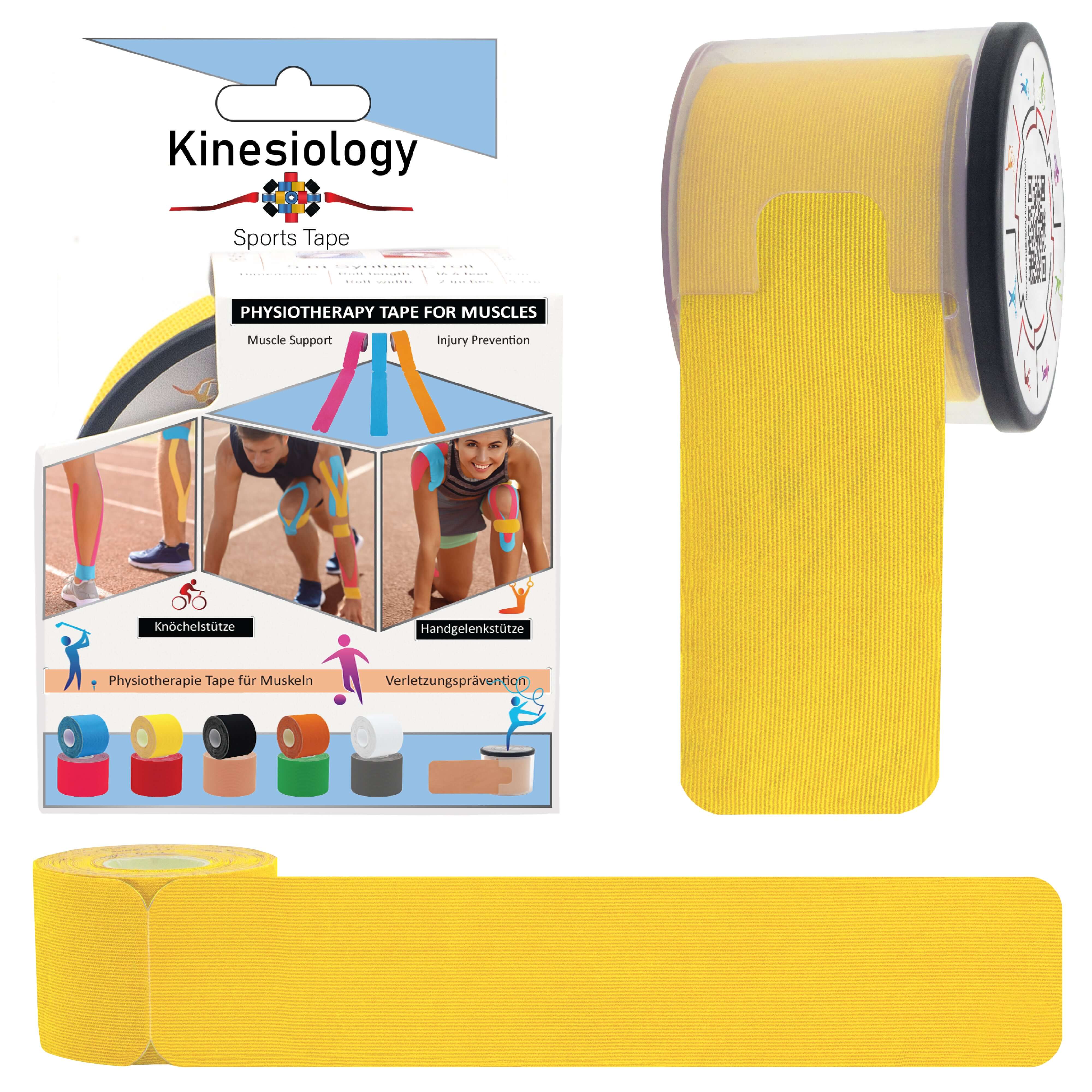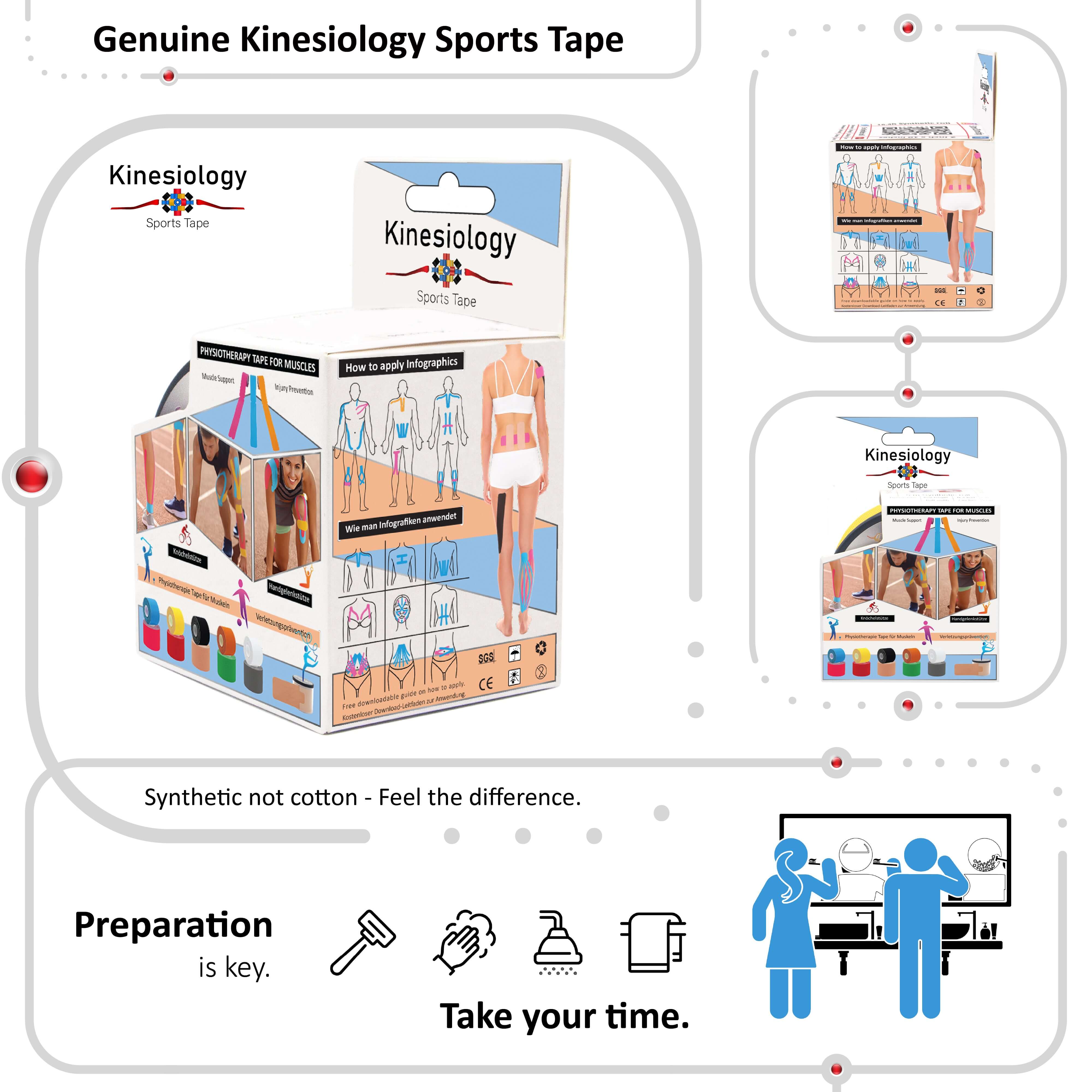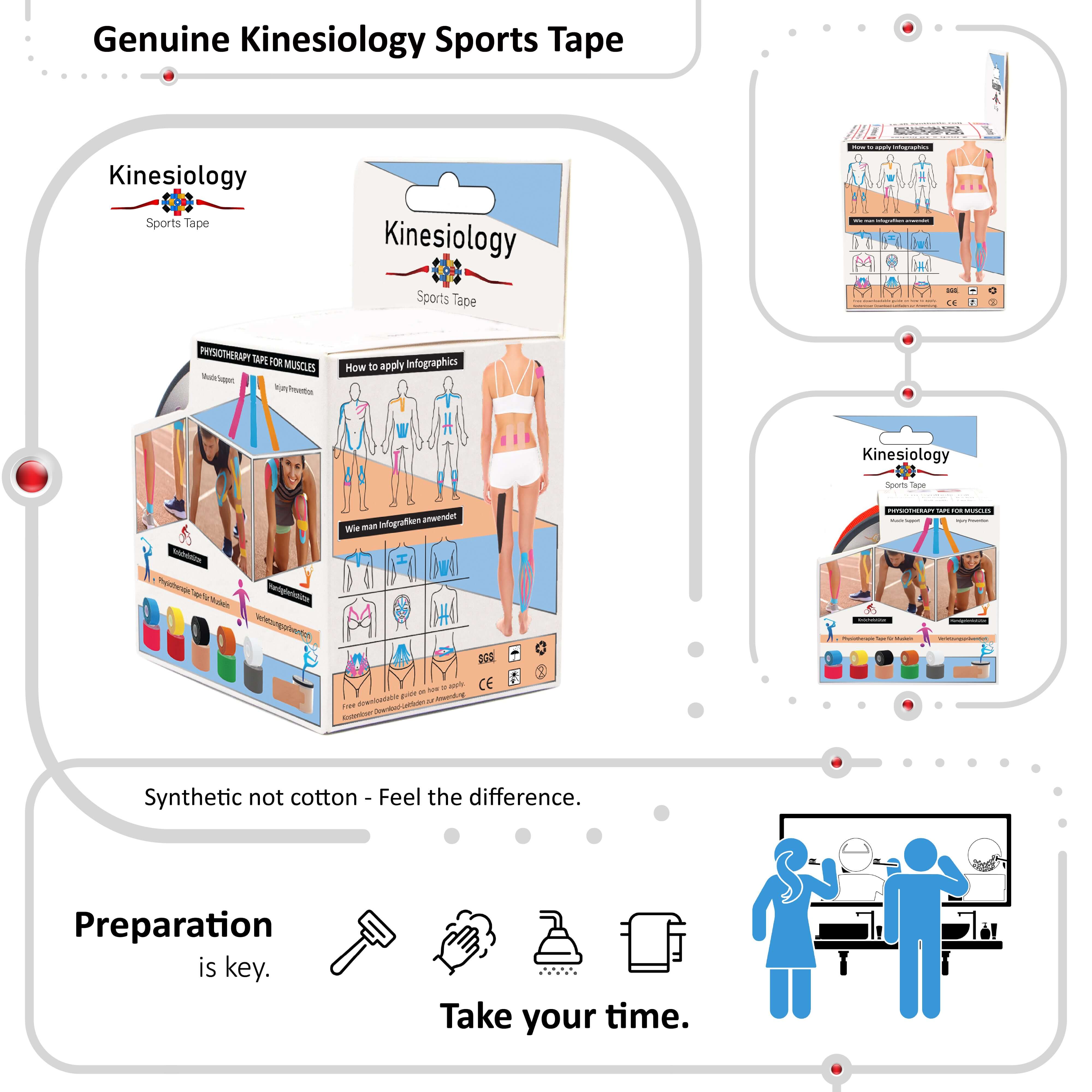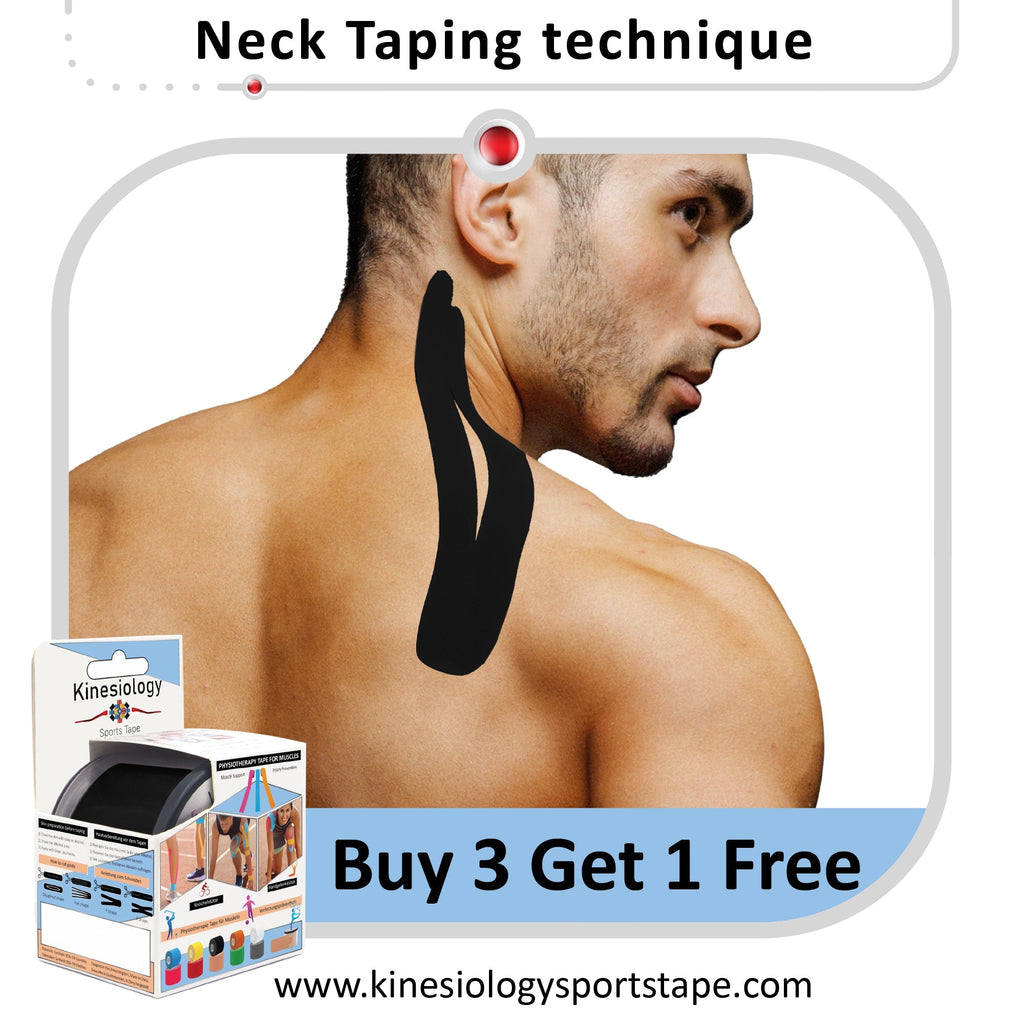
How Does Kinesiology Tape Work? Science or Snake Oil?

Kinesiology tape has exploded in popularity over the past two decades, popping up on Olympic athletes, weekend warriors, and even post-surgical patients. Promising everything from pain relief to faster recovery and improved posture, it seems like a miracle in a strip.
But is kinesiology tape really effective or is it just another trendy placebo?
In this blog, we dive deep into:
-
How kinesiology tape claims to work
-
The underlying anatomy and physiology
-
The current research (what’s proven and what’s still speculation)
-
When it’s worth using and when it probably won’t help
🧬 The Theories Behind Kinesiology Tape
1. Skin-Lifting Effect (Decompression)
One of the most accepted mechanisms is mechanical decompression. When kinesiology tape is applied to the skin with slight stretch, it:
-
Lifts the skin and superficial fascia
-
Reduces pressure on pain receptors (nociceptors)
-
Creates more space for lymphatic drainage and capillary flow
🔍 Result: Less swelling, reduced pain, and better fluid movement in injured or overused areas.
2. Neuro-Sensory Stimulation
KT tape interacts with the nervous system by stimulating mechanoreceptors in the skin. These receptors influence:
-
Pain perception (via Gate Control Theory)
-
Proprioception (your sense of body position)
-
Muscle activation or inhibition
📌 Practical example: Applying tape over the patella (kneecap) to enhance feedback and reduce faulty movement patterns.
3. Muscle Activation or Relaxation
Depending on tape direction and tension, KT tape can:
-
Facilitate weakened muscles
-
Inhibit overactive or tight muscles
This works via the cutaneous fusimotor reflex, where stimulation of the skin affects muscle tone indirectly through the nervous system.
🧠 It’s subtle, but for some patients, this feedback can make a noticeable difference—especially in early rehab or neurological cases.
4. Postural & Movement Cueing
KT tape doesn’t brace or immobilize. Instead, it works like a reminder. The gentle tension on your skin cues the brain to:
-
Maintain better posture
-
Avoid aggravating movements
-
Improve body awareness (aka “proprioceptive training”)
For instance, taping across the upper back can help reduce slouching or forward head posture by stimulating awareness—not force.
📚 What the Science Says (and Doesn’t Say)
The evidence for KT tape is mixed—some results are promising, others underwhelming. Here’s a breakdown:
✅ Positive Findings
Numerous studies have shown:
-
Mild to moderate pain relief for acute and chronic conditions
-
Improved range of motion in the short term
-
Enhanced muscle function in some cases (especially in neurological patients)
-
Reduced swelling post-injury or surgery
🔍 Example: A 2013 review in the Journal of Physiotherapy concluded KT tape is “superior to minimal intervention for pain relief in individuals with musculoskeletal conditions.”
❌ Neutral or Negative Findings
Other studies found no significant difference compared to:
-
Placebo or “sham” taping
-
Standard care or no treatment
-
Other common therapies like massage or exercise
🧪 A 2015 Cochrane review noted KT tape offers no substantial long-term functional benefits when used alone.
⚖️ The Verdict?
KT tape isn’t a magic fix but it can support healing and rehab when:
-
Applied correctly
-
Paired with movement, strength training, or manual therapy
-
Used as a complementary tool (not a standalone solution)
🚫 Common Myths About KT Tape
Let’s clear up a few misunderstandings:
| ❌ Myth | ✅ Reality |
|---|---|
| “KT tape supports joints like a brace.” | No it provides feedback, not mechanical support. |
| “You don’t need a professional to apply it.” | You can self-apply, but incorrect technique often makes it ineffective. |
| “It heals injuries.” | KT tape may help manage symptoms, but it doesn’t heal torn tissue. |
| “The brand or color matters.” | Nope. The material might vary slightly, but color is purely aesthetic. |
🧠 When KT Tape Works Best
KT tape is most useful for:
-
Early rehab stages: supporting painful movements while staying mobile
-
Swelling and bruising: post-surgery or acute injuries
-
Neuromuscular feedback: improving posture or correcting faulty movement
-
Pain management: especially for chronic pain syndromes
Less effective for:
-
Structural damage (e.g., ligament tears, fractures)
-
Long-term support (braces are better for instability)
-
Strength improvement (doesn’t make you faster or stronger)
🧪 Bottom Line: Helpful Tool, Not a Cure-All
Kinesiology tape may not be the game-changer it’s often advertised as—but it’s also not just hype. Its effects are:
-
Subtle, not dramatic
-
Supportive, not curative
-
Neurosensory, not mechanical
If you use it the right way, at the right time, and with the right expectations, KT tape can be an effective addition to your toolkit for pain, swelling, posture, and recovery.

